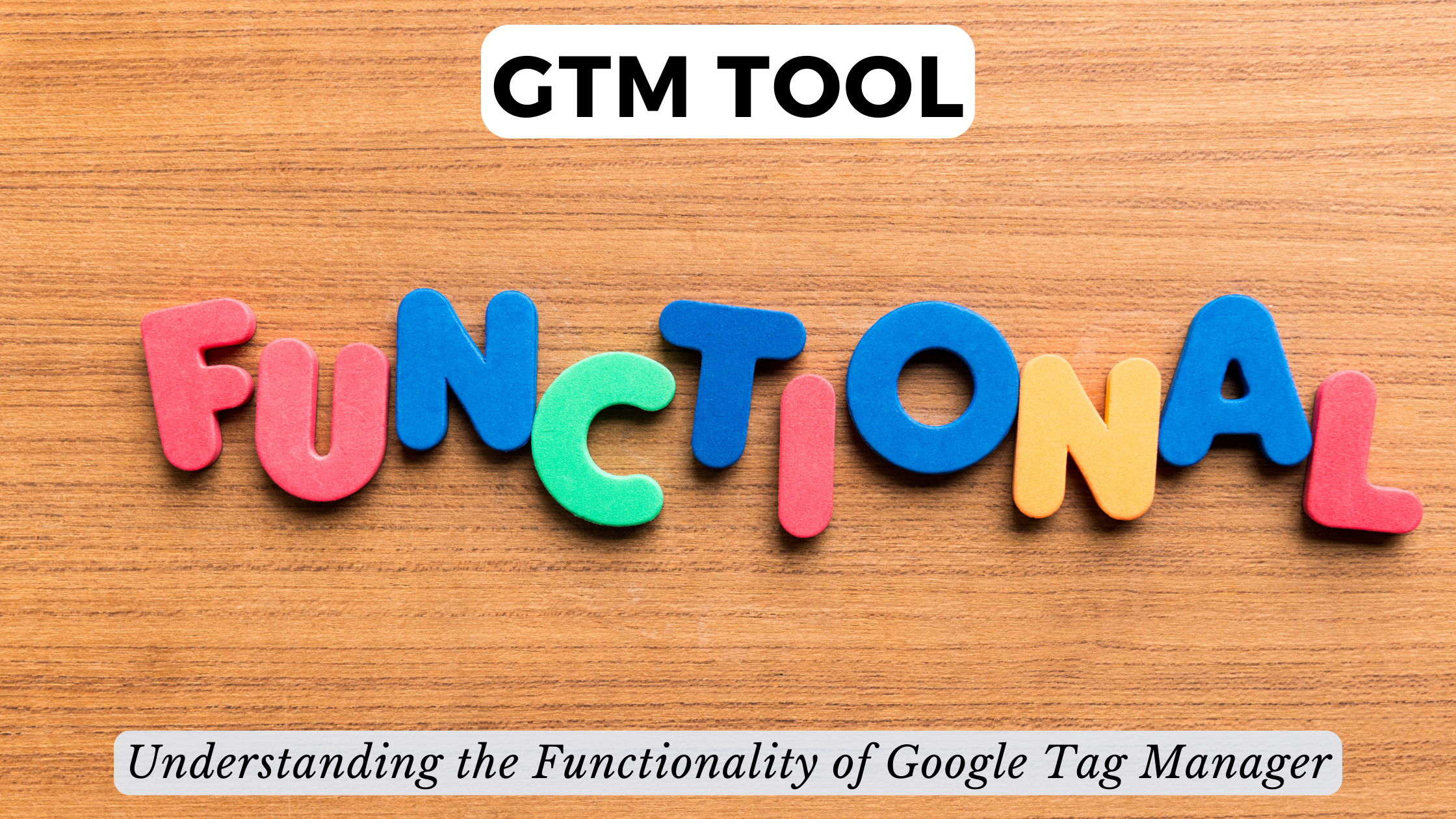GTM Tool: Understanding the Functionality of Google Tag Manager
- Data as a Service (DaaS) Software Marketing & Analytics


GTM Tool: Understanding the Functionality of Google Tag Manager
In the fast-evolving landscape of digital marketing and analytics, Google Tag Manager (GTM) stands out as a pivotal tool for managing tags on a website or mobile app. This comprehensive guide aims to demystify GTM, providing insights into its functionality, benefits, and how it addresses the needs of businesses navigating the complexities of online tracking and analytics.
Unpacking the World of Google Tag Manager (GTM)
What is GTM?
Google Tag Manager is a user-friendly tag management system allowing marketers to add and update website tags with ease. Tags are snippets of code that collect data and send it to third-party tools, such as Google Analytics. GTM simplifies the process, empowering users to manage tags without relying on developers, thus enhancing the agility of marketing campaigns.
Key Features and Functions of GTM:
- Tag Configuration: GTM facilitates the setup of various tags, including conversion tracking, analytics, and remarketing tags, without modifying the source code.
- Trigger Management: Users can define triggers that prompt tags to fire based on specific events, such as page views, clicks, or form submissions.
- Version Control: GTM maintains a version history, allowing users to roll back changes if needed, providing a safety net for experimentation.
- Built-in Templates: The tool offers templates for popular tags, streamlining the process of adding functionality like Facebook Pixel or Google Ads.
- Debugging and Preview: GTM provides a debugging mode that allows users to preview changes before deploying them live, reducing the risk of errors.
Relevant SaaS Products for Enhanced Digital Marketing
1. Google Analytics:
For Comprehensive Website Analytics Google Analytics complements GTM by providing in-depth insights into website performance. It is an essential tool for understanding user behavior and optimizing digital strategies.
2. Hotjar:
For User Experience Analytics Hotjar allows businesses to visualize how users interact with their site. Heatmaps and session recordings provide valuable data for optimizing website usability.
3. Optimizely:
For A/B Testing and Experimentation Optimizely empowers businesses to experiment with different versions of their website to determine what resonates best with their audience, aligning with GTM’s testing capabilities.
4. Facebook Pixel:
For Facebook Advertising Insights Facebook Pixel integrates seamlessly with GTM, enabling businesses to track conversions, optimize ad delivery, and build targeted audiences for Facebook ads.
5. Crazy Egg:
For Visualizing User Clicks Crazy Egg provides insights into user behavior through tools like heatmaps and scrollmaps, aligning with GTM’s focus on understanding user interactions.
Conclusion: Streamlining Digital Analytics with GTM
In conclusion, Google Tag Manager is a game-changer for businesses seeking to streamline their digital analytics processes. Understanding its functionalities and integrating it with relevant SaaS tools enhances a company’s ability to harness data effectively and make informed decisions.
Navigating the world of SaaS tools can be daunting, but Subscribed.FYI simplifies the process. This platform empowers users to compare and manage their SaaS stack efficiently, ensuring they make informed decisions about tools like GTM and its counterparts.
Relevant Links:





